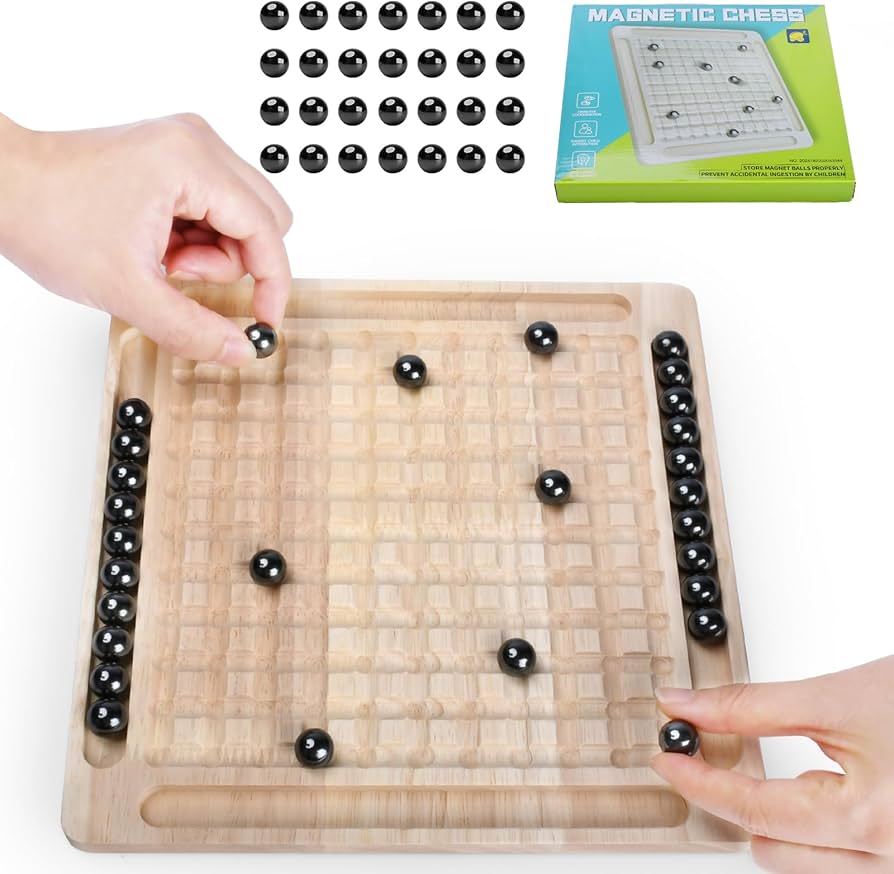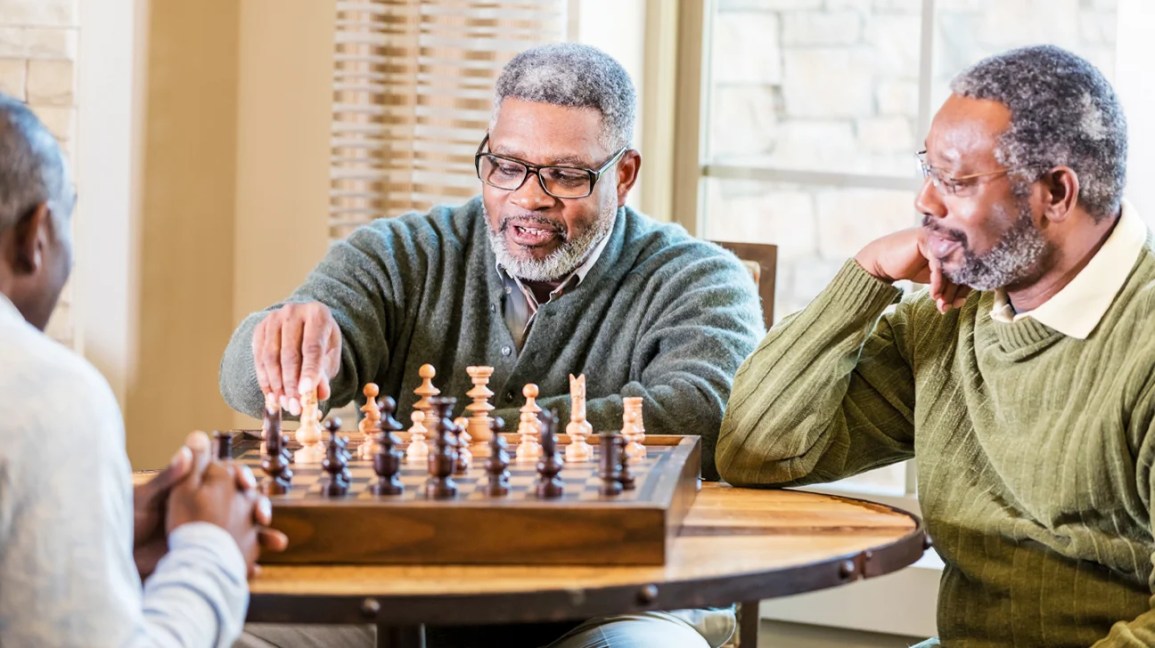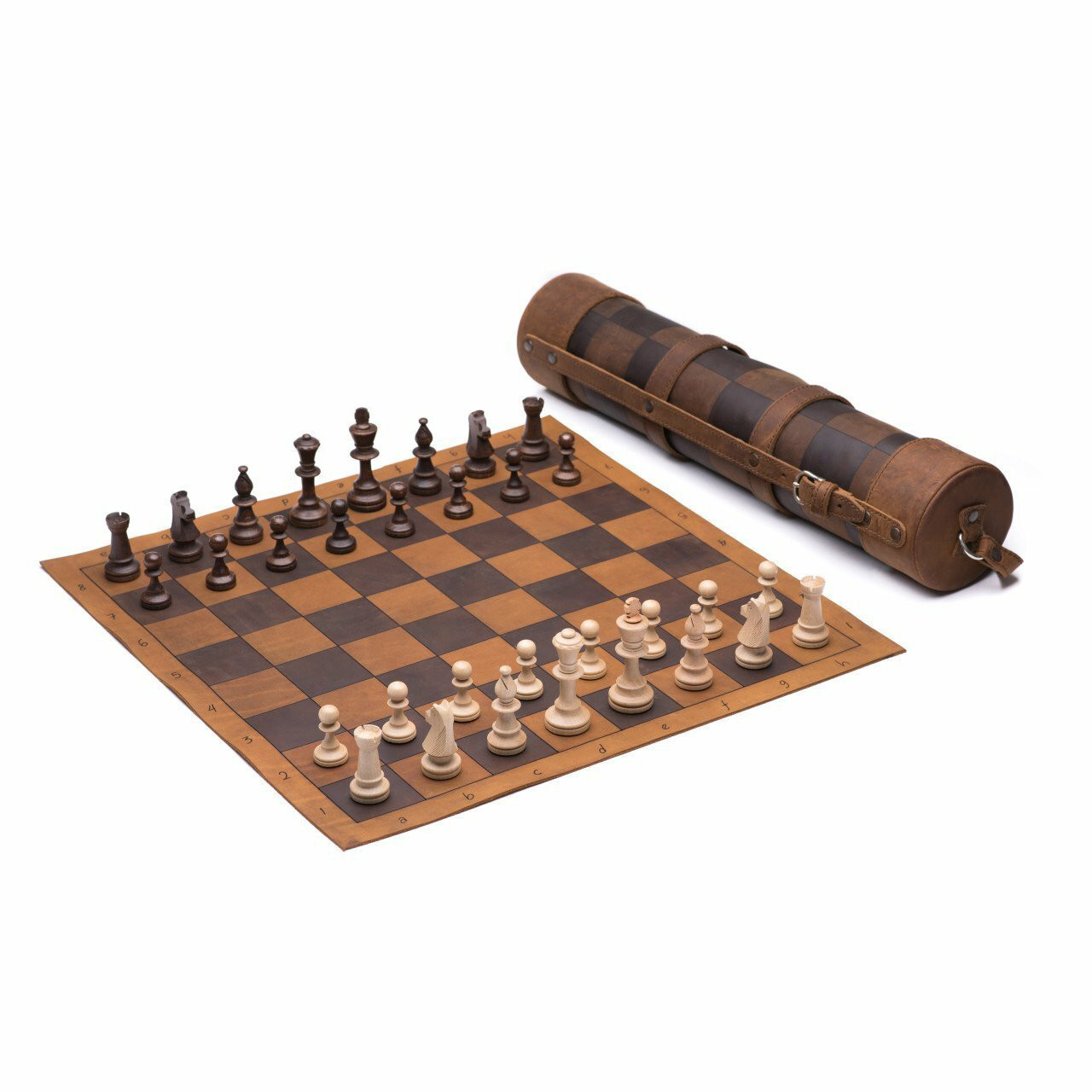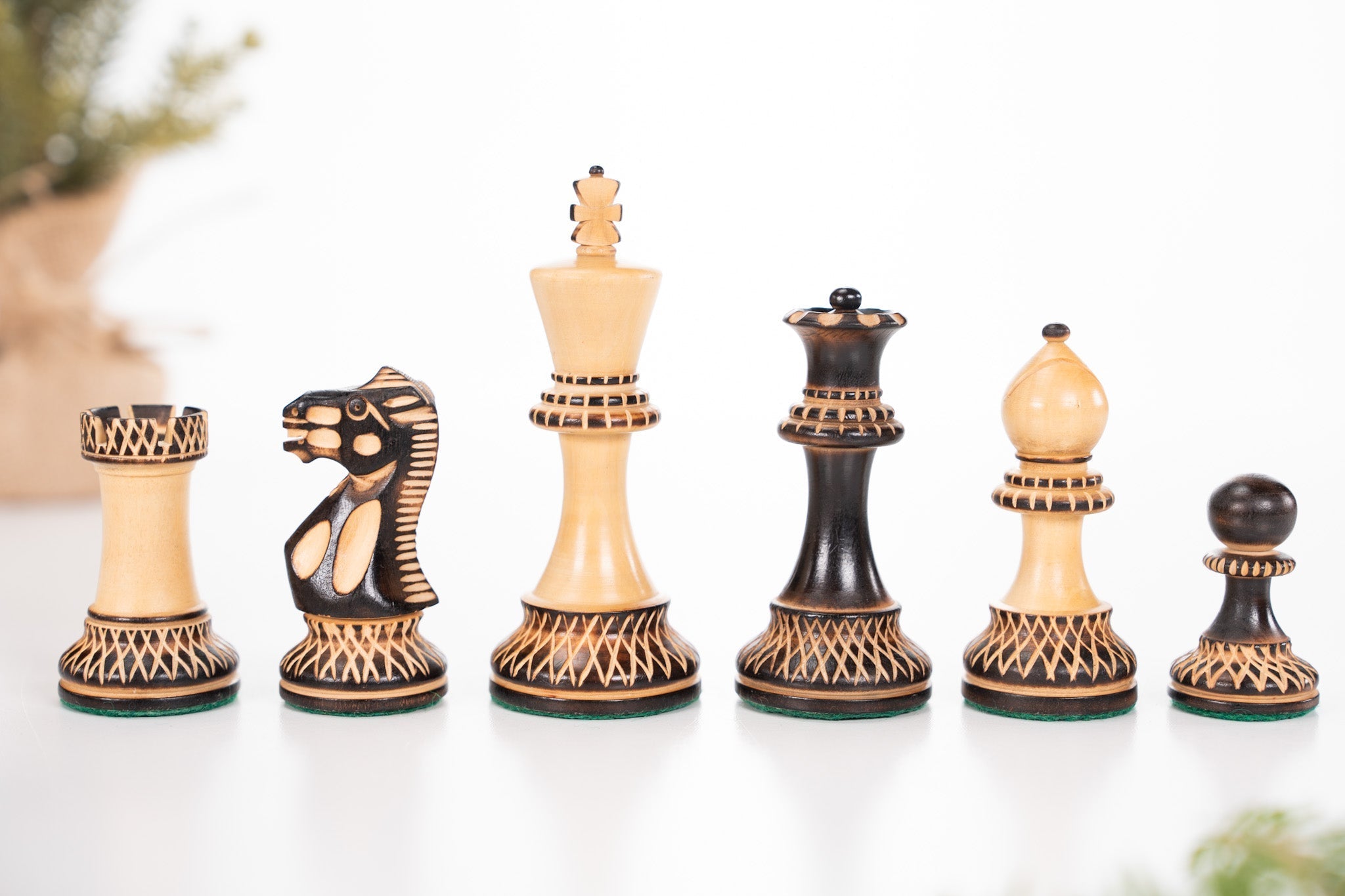In chess, developing your pieces means moving them to effective squares. This helps control the board and prepares for future attacks.
Chess is more than just moving pieces. Each move has a purpose. Developing pieces is about placing them where they can be most useful. This strategy helps control the center, defend the king, and prepare for offense. Understanding how to develop your pieces can make a huge difference in your game.
It turns random moves into a powerful plan. This blog will explain what it means to develop your pieces in chess. Get ready to learn how to improve your game and think like a pro!
Introduction To Piece Development
Understanding piece development in chess is crucial for beginners and advanced players alike. It involves moving your pieces to their optimal positions early in the game. This sets the stage for a strong middle game.
Importance Of Piece Development
Developing your pieces effectively can make or break your game. Proper development ensures your pieces are active and ready for action. It also helps control the center of the board, giving you a strategic advantage.
Here are some key reasons why piece development is essential:
- Control the Center: Well-developed pieces help dominate the central squares.
- Piece Activity: Active pieces can attack and defend more efficiently.
- King Safety: Developed pieces often aid in castling, protecting your king.
- Flexibility: Proper development allows for smoother transitions between different phases of the game.
Common Misconceptions
Many players have misconceptions about piece development. One common mistake is moving the same piece multiple times during the opening. This can waste valuable time and weaken your position.
Another misconception is neglecting pawn moves. While moving pieces is vital, pawn moves can also help control the center and open lines for your pieces.
Some players also believe that developing pieces just means getting them off their original squares. In reality, it’s about placing them on optimal squares where they can control key areas of the board.
Understanding these misconceptions can help you avoid common pitfalls and improve your overall game strategy.
Early Game Strategies
In chess, the opening phase sets the stage for the rest of the game. Early game strategies are crucial. They involve quick and efficient development of your pieces. This development helps you control the board and prepare for future tactics. Let’s explore two key strategies: controlling the center and developing minor pieces.
Controlling The Center
Controlling the center is one of the most important concepts in chess. The center of the board, specifically the d4, d5, e4, and e5 squares, holds significant strategic value. Controlling these squares allows your pieces more mobility. It makes it harder for your opponent to develop their pieces effectively.
Here’s how you can control the center:
- Move your pawn to e4 or d4.
- Develop your knights to f3 and c3 (or f6 and c6 for Black).
- Support your pawns with bishops and queens.
Following these steps will give you a strong presence in the center and a solid foundation for the middle game.
Developing Minor Pieces
Developing minor pieces is another essential early game strategy. Minor pieces include knights and bishops. These pieces should be developed quickly to effective squares.
Consider these tips for developing your minor pieces:
- Move knights before bishops. Knights are less flexible and their best squares are usually f3, c3, f6, and c6.
- Place bishops on active squares where they control important diagonals. For example, c4 or f4 squares.
- Avoid moving the same piece multiple times in the opening. Develop all your minor pieces first.
Proper development of your minor pieces will enhance your control of the board. It also prepares your pieces for future attacks and defenses.
Developing Pawns
Developing pawns is a fundamental strategy in chess. It involves moving pawns to control the board and open pathways for other pieces. Proper pawn development can create strong positions and dictate the flow of the game.
Pawn Structure Basics
Pawns form the backbone of your chess position. Understanding basic pawn structure helps in creating solid defenses and attacking opportunities.
- Connected Pawns: Pawns that support each other are called connected pawns. They offer strong defense.
- Isolated Pawns: Pawns without support from other pawns are isolated pawns. They can be weak points.
- Doubled Pawns: Two pawns on the same file are doubled pawns. They are often seen as a disadvantage.
Common Pawn Formations
There are several common pawn formations in chess. Knowing these helps you plan your strategy effectively.
| Formation | Characteristics |
|---|---|
| Pawn Chain | A diagonal line of pawns supporting each other. Very strong defensively. |
| Pawn Majority | Having more pawns on one side of the board. Can create a strong attack. |
| Backward Pawn | A pawn left behind others on the file. Can be a target for attacks. |
Effective pawn development can lead to a dominant position. Always consider pawn structure and formations to enhance your gameplay.

Credit: chessfox.com
Knight And Bishop Placement
In chess, the placement of your knights and bishops can greatly influence the game. Correctly positioning these pieces can control the board and create threats. Let’s explore the best ways to position your knights and bishops.
Optimal Knight Positions
Knights are powerful in the center of the board. They control many squares from there. Place your knights on squares like e4, d4, e5, and d5. These positions allow them to influence both sides of the board. Avoid placing knights on the edges. They lose their power on the edges. Place them early in the game to control the center. This will help you dictate the pace of the game.
Effective Bishop Deployment
Bishops are long-range pieces. They work best on open diagonals. Try to place them where they have many squares to move. Fianchetto is a popular strategy. It involves placing the bishop on b2 or g2. This allows the bishop to control long diagonals. Bishops work well together. Keep them on different colored squares. This way, they can cover more area. Early in the game, develop them to control the center. This can limit your opponent’s moves.
Rook And Queen Development
In chess, developing your pieces is crucial. This means moving your pieces to squares where they can control important parts of the board. Among these pieces, the rook and queen have unique roles. Proper development of these pieces can greatly influence the game.
Activating Rooks Early
Rooks are powerful pieces, especially in open files. To activate your rooks early, consider the following steps:
- Move your pawns to open files.
- Place your rooks on these open files.
Open files allow rooks to move freely across the board. This increases their influence and control. Early activation of rooks can pressure your opponent. Here is a simple table to understand rook placement:
| Move | Rook Position | Advantage |
|---|---|---|
| 1 | Rook on open file | More mobility |
| 2 | Rook on 7th rank | Attacks opponent’s pawns |
Queen’s Role In Development
The queen is the most powerful piece. Developing the queen too early can be risky. Here are some tips for effective queen development:
- Develop minor pieces first.
- Move the queen to safe squares.
Once the board is more open, the queen can be more active. Consider these key points:
- The queen should support other pieces.
- Avoid placing the queen in danger.
Proper development of the queen maximizes its power. This ensures it plays a supportive role in your strategy.
Castle For Safety
In chess, castling is a vital defensive move. This move helps in safeguarding your king while also developing your rook. Castling can turn the tide of a game, providing safety and strategic positioning.
Benefits Of Castling
Castling offers several key benefits. First, it moves your king to a safer position. This reduces the risk of your king being attacked. Second, it activates your rook. The rook moves to a more central and effective position. Third, castling helps connect your rooks. This strengthens your defense and opens up new strategies.
When To Castle
Deciding when to castle is crucial. Early in the game is usually best. This ensures your king’s safety and activates your rook sooner. Avoid castling if the opponent can easily attack the castled position. Always analyze the board before deciding to castle. Ensure your king will be safe in its new spot.
Common Development Mistakes
Developing your pieces in chess is crucial for a strong position. Yet, many players make common development mistakes. These errors can hinder your game progress. Let’s explore some of these mistakes.
Overextending Pieces
Overextending pieces means pushing them too far too soon. This can leave them vulnerable to attacks. For example, moving a knight deep into enemy territory early in the game. This often results in the knight being trapped or lost.
- Knights should control the center, not be isolated.
- Overextending bishops can lead to them being blocked by pawns.
To avoid this, develop your pieces to safe, effective squares. Ensure they can support each other.
Neglecting Piece Coordination
Piece coordination is key to a successful strategy. Neglecting this means your pieces do not support each other. For instance, if your knights and bishops are far apart, they can’t work together. This weakens your overall position.
| Good Coordination | Poor Coordination |
|---|---|
| Pieces protect each other | Pieces are isolated |
| Control over key squares | Weak control over board |
Develop your pieces with coordination in mind. Place them where they can support each other. This makes your position stronger and more flexible.
Credit: www.chess.com
Advanced Development Tactics
Developing your pieces in chess is crucial. Beyond simple moves, advanced tactics can give you a significant edge. This section explores advanced development tactics to elevate your chess game.
Piece Sacrifices For Control
Piece sacrifices can be powerful. Sacrificing a piece might seem risky, but it can lead to control of the board.
- Gain a positional advantage: Sacrificing a knight or bishop can open up space.
- Force your opponent’s hand: A sacrifice can compel your opponent to react defensively.
- Create open lines: Sacrifices can open critical lines and diagonals for your rooks or bishops.
Example:
| Move | Outcome |
|---|---|
| 1. Bxf7+ | King in check, forces opponent to move the king |
| 2. Nxe5 | Gains control of the center |
Creating Tactical Opportunities
Tactical opportunities are moments where you can capitalize on your opponent’s weaknesses.
- Forks: Using a knight or pawn to attack two pieces at once.
- Pins: Trapping a valuable piece behind a less valuable one.
- Discovered attacks: Moving one piece to uncover an attack from another.
Focus on piece positioning to create these opportunities. For example, placing a knight in an advanced position can lead to unexpected forks.
Example:
1. Nc6+ 2. Rook and king in danger
Keep an eye on your opponent’s weak squares. Use these tactics to develop your pieces effectively.
Practical Examples
Developing your pieces in chess means placing them on squares where they can be most effective. This involves moving your pawns, knights, bishops, rooks, and queen to positions where they control key squares and work together. Let’s look at some practical examples to understand this better.
Classic Games To Study
Classic chess games are rich in examples of piece development. One famous game is the “Opera Game” played by Paul Morphy. In this game, Morphy develops his pieces rapidly. He uses his knights and bishops to control the center. This early control leads to a swift victory.
Another classic example is the game between Adolf Anderssen and Lionel Kieseritzky, known as the “Immortal Game.” Here, Anderssen sacrifices several pieces. But these sacrifices help him develop his remaining pieces into powerful positions. This game shows how effective development can lead to a checkmate.
Analyzing Modern Matches
Modern chess matches also provide valuable lessons in piece development. Magnus Carlsen, a world champion, often showcases brilliant piece development. In many of his games, Carlsen quickly develops his pieces to control the center and open lines. This strategy frequently puts his opponents on the defensive.
Another modern example is the play of Hikaru Nakamura. Nakamura is known for his aggressive and fast-paced style. He develops his pieces quickly and aims to create immediate threats. This approach often leads to dynamic and exciting games.
Studying these modern matches can help you understand the importance of piece development. It shows how top players use their pieces effectively to gain an advantage.

Credit: chessfox.com
Conclusion
Developing your pieces in chess is vital for a strong game. Each move matters. Place your pieces strategically. Control the center of the board. Protect your king early. Create opportunities for your other pieces. Practice regularly to improve. Understand your opponent’s moves.
Learn from each game. Stay patient and focused. Chess is a journey. Enjoy the process of learning. Keep playing, and you will get better.







